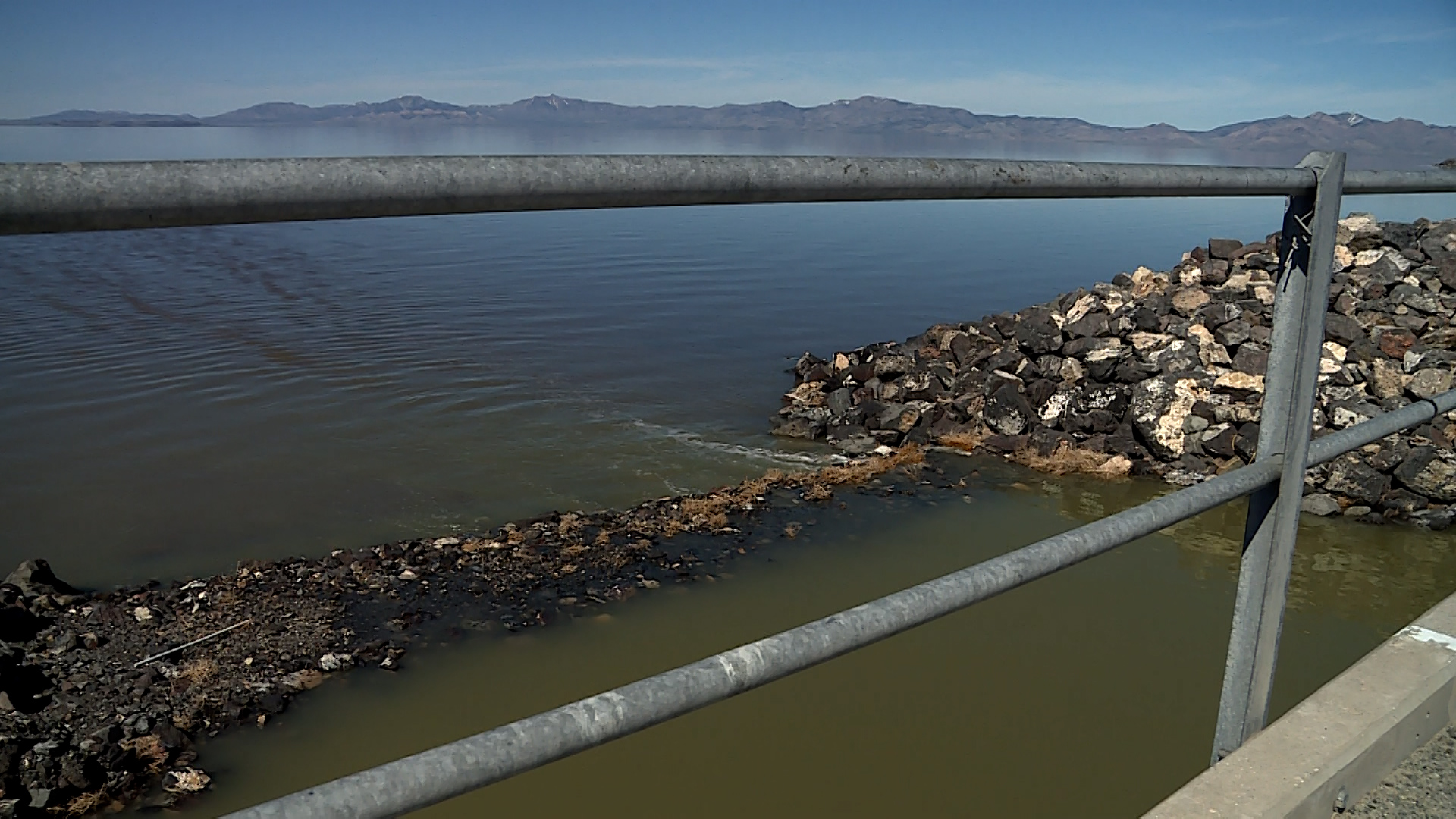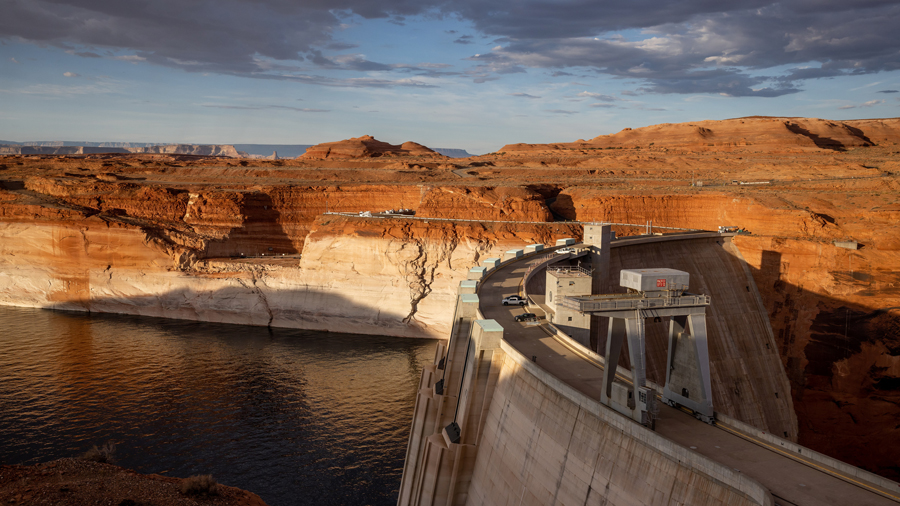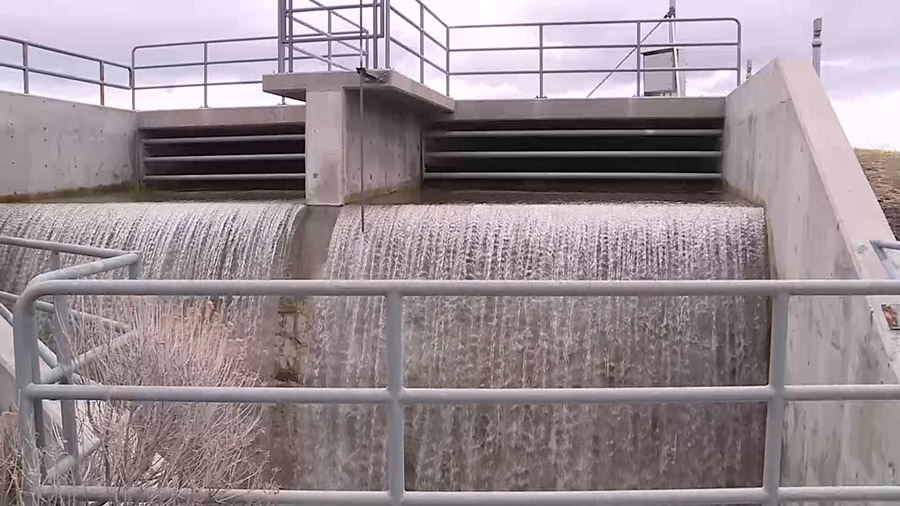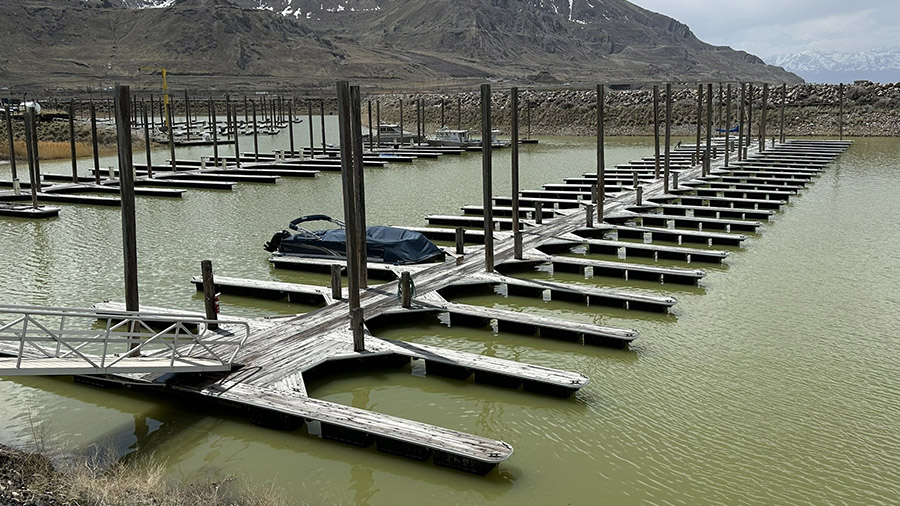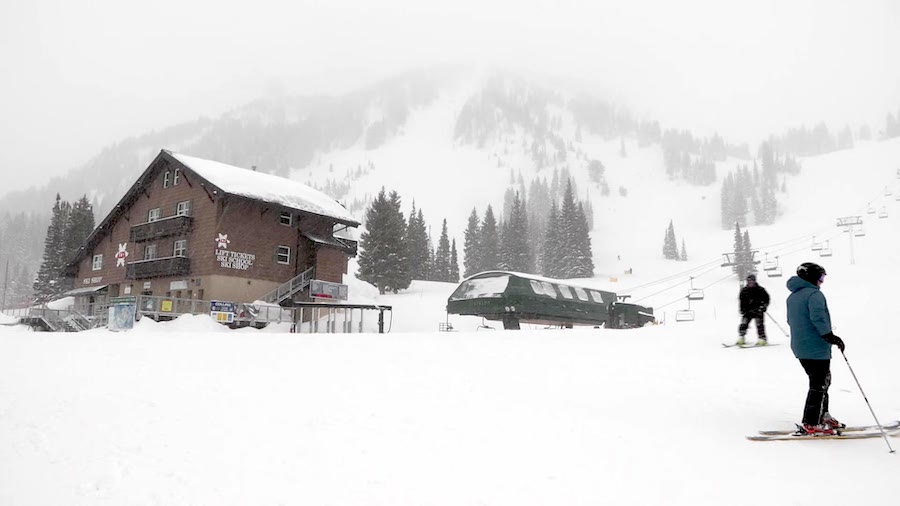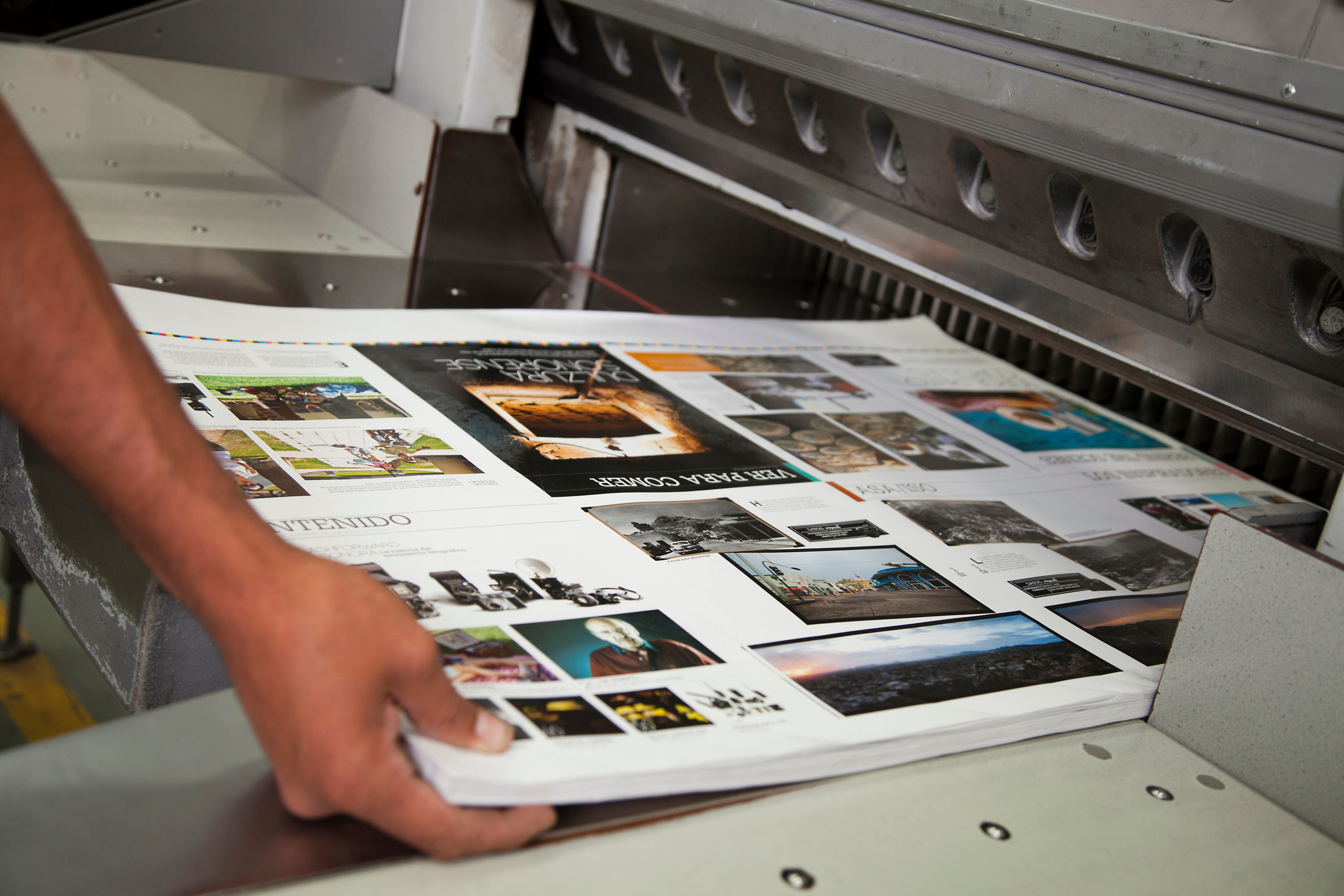UTAH'S DROUGHT
Utah Battles Worst Drought In The Last 50 Years
Jun 8, 2021, 7:13 PM | Updated: Jun 9, 2021, 2:59 pm
SALT LAKE CITY — As the drought in Utah intensifies, a hydrologist with the Natural Resources Conservation Service reminded residents that the state’s water supply will not rise again until next spring.
In a year with average runoff, we would still be adding to our reservoirs, Hydrologist Jordan Clayton said, but this year, the runoff is drying up quickly.
“It’s quite dry and it’s going to take a lot to catch up at this point,” said Clayton, the NRCS snow survey supervisor in Utah.
The NRCS snow stations gauge how much water the snow will yield each year.
Clayton said the most alarming thing Utah faces within the drought right now is a water supply deficit.
“The most alarming thing that we’re dealing with right now is the combination of poor runoff conditions, which is the amount of stream flow we are anticipating from the beginning of April to the end of July, combining that with the reservoir status. The reservoirs are really low,” he said.
That combination of runoff and reservoir storage adds up to Utah’s overall water supply that farmers, communities and individuals will have to use until spring 2022.
Clayton said that supply won’t be recharged again until next year’s runoff.
Any rain that falls on Utah this summer may decrease demand, he said, but will not add a lot to the overall supply.
Unfortunately, the majority of the basins across the state are facing the lowest levels officials have seen in the last three or four decades.
“More than half of the basins are in the bottom 10th percentile,” said Clayton. “When we combine that stream flow and reservoir status, that’s really alarming.”
Utah’s reservoirs should be adding runoff through early July, but many streams are already dry.
Clayton said the current conditions are about as bad as Utah has experienced during the last 30 to 45 years.
“2002 was a really bad year. 1977 was terrible. This is similar to 1977, or maybe worse,” he said.
In addition to low storage and runoff, Clayton said, “We are also seeing, since Oct. 1, just extraordinary poor accumulated precipitation for the state of Utah.”
The state would need nearly an inch of rain just to catch up to the worst year of the last 30. It would take nine inches to catch up to the average rainfall since Oct. 1, the beginning of the water year.
“That’s across the whole state, so it’s going to take a lot of storms to get back there,” said Clayton.
Another factor affecting Utah’s water storage is the reservoirs did not recharge in May like they typically have in previous years. Clayton said this May, they drained faster than they were filling.
“The reservoirs went from 69% in the end of April, to 66% of capacity at the end of May,” he said. “That’s a drop of 3% instead of an increase, and that’s really concerning, again, because this is where we get our water supply.”
Reservoir storage statewide is 25% lower than it was this time in 2020, Clayton said, partly because Utahns started tapping that supply early this year.
Most of the reservoirs are done adding water.
“So, we’re just going to have to wait until next spring for the snow pack,” said Clayton.
If we think of our water supply as a bank account, we’re not getting any deposits until next spring, and we don’t know how much that will be, so we need to be very cautious with what we have in storage.



